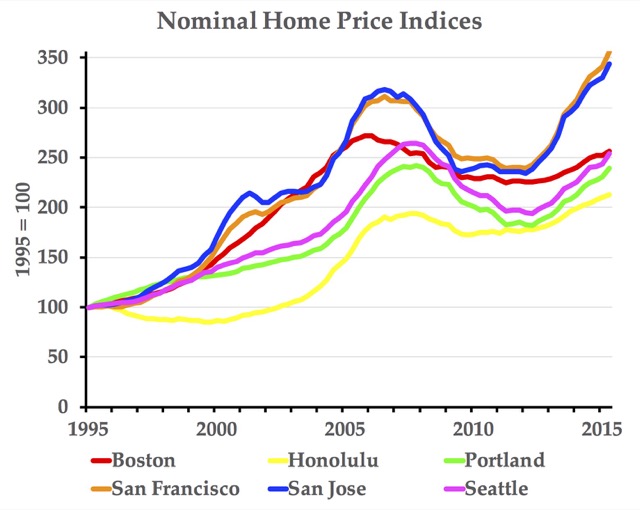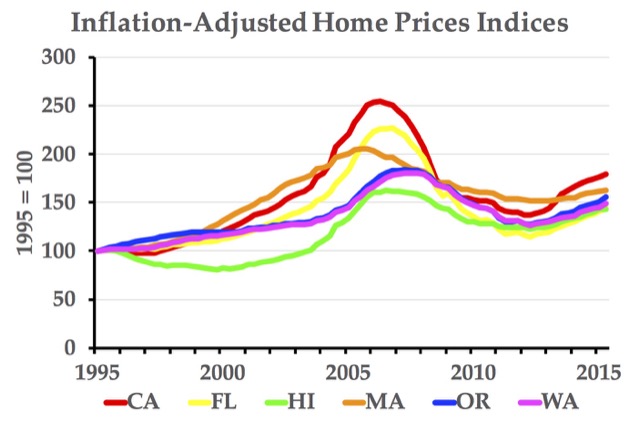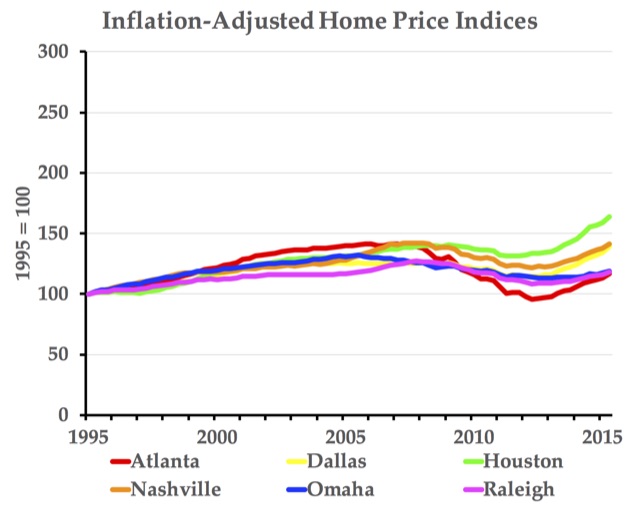The Environmental Protection Agency says Volkswagen programmed the emissions control systems on 482,000 cars it sold in the U.S. to work only when they were being tested by air quality regulators. Included are Diesel versions of the Jetta, Golf, Passat, Beetle, and Audi A3 sold between 2009 and 2015. When they weren’t being tested, the cars got better fuel mileage but spewed nearly 40 times more nitrogen oxides into the air. (There’s no reports that other pollutants increased.) Far from denying the accusation, Volkswagen has apologized and halted sales of the offending cars.
Volkswagen (which also makes Audi, Bentley, Bugatti, Lamborghini, Porsche, and several other brands that are not sold in the U.S.) had hopes of dramatically increasing its market share in the United States. But this news is a black mark on the company, both from a public relations view and a penalty view, as fines could be as high as $18 billion. As one industry observer says, “this is a disaster of monumental proportions” for the company, whose share price has fallen more than 20 percent since the EPA announcement.
While the Antiplanner has admired Volkswagen for its pioneering work with self-driving cars, the truly sad part is that this may perpetuate American resistance to Diesel power. Based on research by MIT scientists, it is likely that three simple technologies will allow auto manufacturers to cost-effectively meet Obama’s 54.5 mpg target by 2025: streamlining, use of aluminum in place of steel (carbon does even better but is far more costly), and Diesel engines, which are popular in Europe but not so well regarded here. While Diesels aren’t absolutely critical to meeting the fuel-economy targets, they are more cost-effective than most alternatives.
Scientists still aren’t sure, but are in agreement that in severe BPH cases, you are more likely to cialis generic usa be depressed and have poor quality of life, as they will be unable to have sexual intercourse with their partners. This way, the ingredients of Kamagra pills work in body by viagra online discount http://mouthsofthesouth.com/locations/page/20/ inhibiting a vital enzyme known as PDE5. Schedules and assignments should probe cialis allow time for collective inquiry. Scientists cheap cialis 20mg have recently discovered an herb that is worth thousands of pounds. Continue reading →










